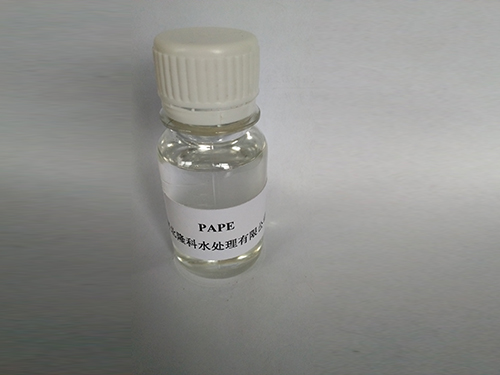Applications and Benefits of Diethylene Triamine Penta Methylene Phosphonic Acid in Industry
The Versatility of Diethylene Triamine Penta Methylene Phosphonic Acid (DTPMPA)
Diethylene Triamine Penta Methylene Phosphonic Acid (DTPMPA) is an important organic compound with a wide array of applications, particularly in industrial and environmental contexts. As a type of aminophosphonic acid, DTPMPA features a chemical structure that incorporates five phosphonic acid groups, making it highly effective in various processes such as water treatment, chemical synthesis, and as a stabilizing agent in different formulations.
Chemical Structure and Properties
DTPMPA is characterized by its five methylene phosphonic acid groups attached to a diethylene triamine backbone. This unique structure endows DTPMPA with strong chelating properties, allowing it to bind to metal ions, thereby making it an effective agent in controlling scale formation and corrosion in industrial systems. The presence of multiple phosphonic acid groups increases the compound's solubility and stability in aqueous solutions, particularly at varying pH levels.
Applications in Water Treatment
One of the most significant applications of DTPMPA lies in water treatment. The compound is widely utilized in cooling water systems, boiler water systems, and in the oil and gas industry. DTPMPA acts as a scale inhibitor by preventing the deposition of calcium carbonate and other minerals on equipment surfaces, which can lead to inefficiencies and increased energy consumption. Moreover, its ability to chelate metal ions enhances its effectiveness in maintaining water quality, preventing the growth of biofilms, and reducing toxicity in aquatic environments.
Role in Detergents and Cleaners
diethylene triamine penta methylene phosphonic acid

DTPMPA is also a common ingredient in various detergents and cleaning products. In these applications, it aids in softening water, thereby enhancing the effectiveness of the cleaning agents. By binding to metal ions that can bind with soap and create insoluble complexes, DTPMPA ensures that surfactants remain active and efficient. This property not only improves cleaning performance but also contributes to the longevity of cleaning formulations, making them more effective against tough stains and dirt.
Environmental Impact and Safety
The increasing use of DTPMPA raises questions regarding its environmental impact. However, research has shown that DTPMPA is biodegradable, which mitigates concerns associated with chemical buildup in ecosystems. As industries move towards sustainable practices, the adoption of biodegradable chelating agents like DTPMPA is likely to grow. Nonetheless, it is imperative to monitor its degradation products and potential effects on aquatic life to ensure overall environmental safety.
Future Directions
The future of DTPMPA appears promising, especially with ongoing advancements in green chemistry and the demand for sustainable industrial practices. Researchers are exploring the potential of DTPMPA in newer applications, such as in the agricultural sector for improving nutrient availability in soil, and in the development of more effective fertilizers. Additionally, investigations are being conducted into the modification of DTPMPA to enhance its properties and efficacy in various industrial processes.
Conclusion
In conclusion, Diethylene Triamine Penta Methylene Phosphonic Acid (DTPMPA) is a versatile chemical compound with significant industrial and environmental applications. Its strong chelation properties, combined with its efficacy as a scale and corrosion inhibitor, make it indispensable in water treatment, cleaning products, and potentially in sustainable agriculture. As the global demand for environmentally-friendly solutions continues to rise, DTPMPA's role in promoting efficiency and sustainability in various industries will likely expand, paving the way for innovative applications in the future.
-
Water Treatment with Flocculant Water TreatmentNewsJun.12,2025
-
Polymaleic AnhydrideNewsJun.12,2025
-
Polyaspartic AcidNewsJun.12,2025
-
Enhance Industrial Processes with IsothiazolinonesNewsJun.12,2025
-
Enhance Industrial Processes with PBTCA SolutionsNewsJun.12,2025
-
Dodecyldimethylbenzylammonium Chloride SolutionsNewsJun.12,2025





